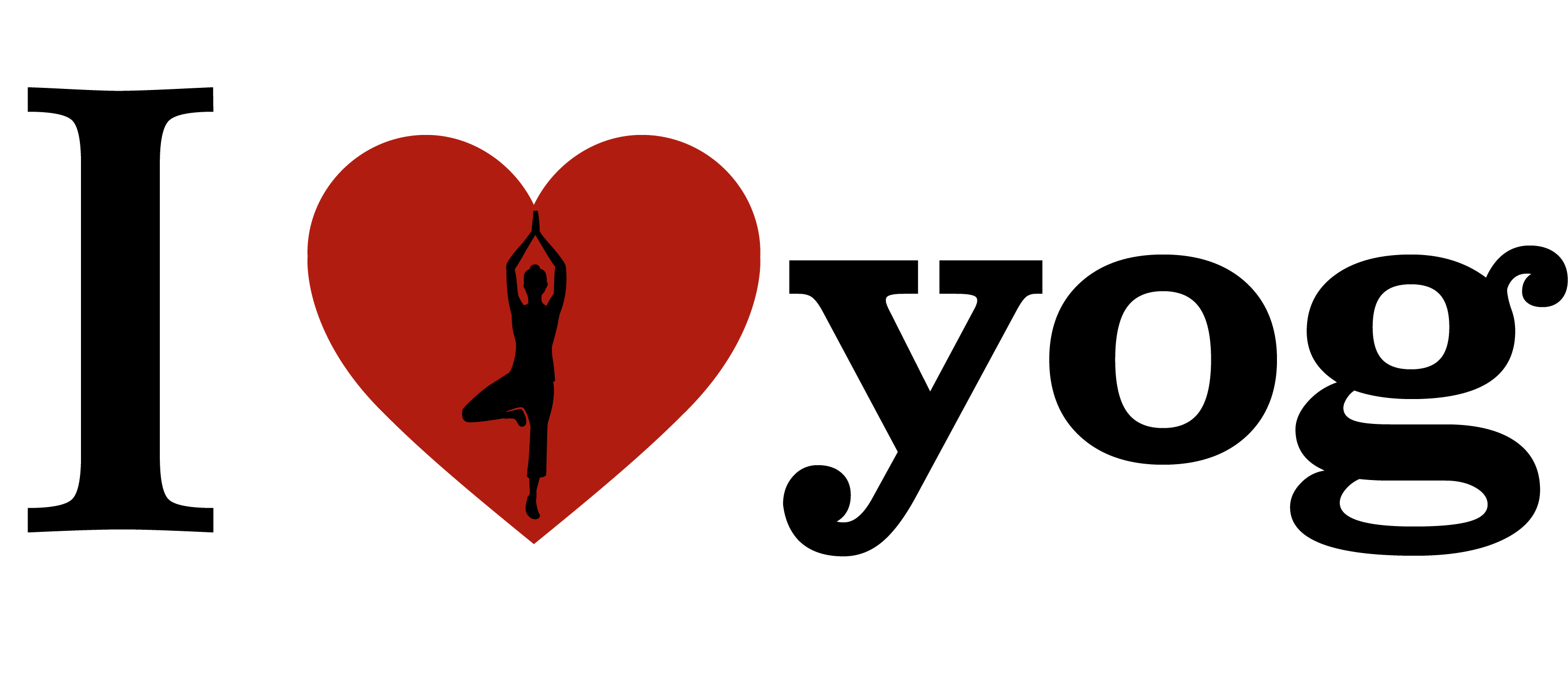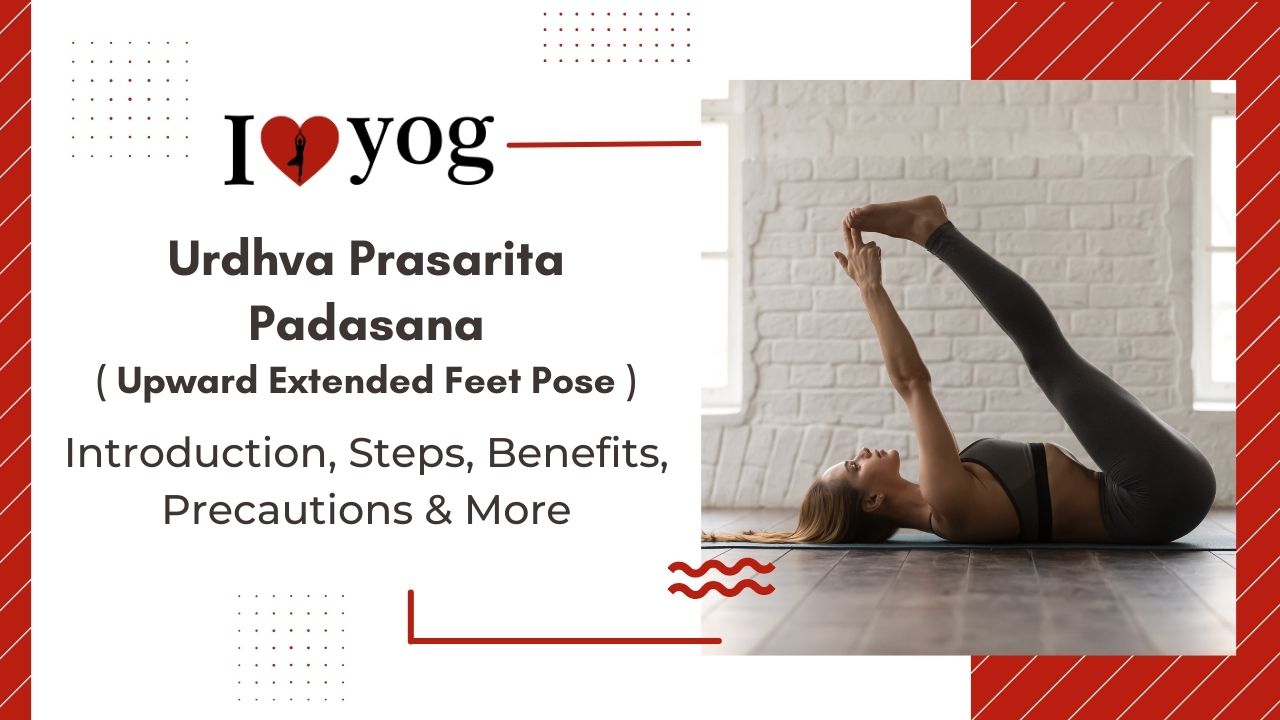What You Need to Know Prior to Performing Urdhva Prasarita Padsana?
The pose should be performed on an empty stomach in the morning.
– Even if it is practised in the evening or at any other time of day, the stomach should be empty, as should the bladder and bowel.
– If it is practised at any time other than early in the morning, the practitioner should eat 4-6 hours before practise. This will ensure that the stomach is empty by the time the individual assumes the posture, and the energy obtained from the food will aid in performing the pose with ease.
- Yogasana Level – Beginner
- Yogasana Style – Supine, Stretches and Strengthens
- Yogasana Repetitions –
- Yogasana Strengthens – Strength of your spine
- Yogasana Stretches –
Effect of Urdhva Prasarita Padasana on tri dosha
Balance the pitta dosha
How to Perform the Upward Extended Feet Yoga Asana
- Begin by lying on your back and extending your legs while keeping your toes contracted. This prepares you for the position and activates the entire length of the legs, maximising the advantages of the asana.
- Inhale and raise your arms straight above your head as you exhale. Maintain a shoulder-distance between your palms.
- Exhale, stretch the neck, and lightly tuck the chin. Exhale and bring both legs to the floor at a 90-degree angle, keeping the legs together. Maintain this position for three to four regular breaths at first. As stated by the diagram, this is position 1.
- Exhaling, lower the legs to a 60-degree angle while maintaining the feet together. Hold for three to four normal breaths. According to the diagram, this is position two.
- Exhale and lower the legs to 30 degrees from the floor while maintaining their stability. Hold for three to four normal breaths. This is position three according to the diagram.
- Exhaling, lower the legs to the floor completely. For optimal results, repeat steps 4-5, i.e., positions 1, 2, and 3, three to four times. But proceed cautiously and with caution.
- As one moves from position 1 to position 3, the lower abdomen becomes increasingly engaged. The 30 degree position would be the most difficult because it requires the most core strength.
- As you inhale and exhale, bring your arms to your sides. In Supta Baddha Konasana, relax and rest with your knees bent and arms beside your sides (Reclining Bound Angle Pose). Stay here for six to eight breaths to relax and connect with your breathing.
What Are The Advantages Of The Upward Extended Feet Yoga Posture/Asana?
- Urdhva Prasarita Padasana aids in the treatment of stomach-related issues and enhances digestion.
- The Upward Extended Feet Pose corrects your body’s alignment and posture.
- This is the best exercise for weight loss and obesity, and it improves breathing.
- Regular practise of Urdhva Prasarita Padasana eliminates abdominal fat. Makes your abdomen stronger and tones your abdomen. Improves the flexibility of your hip. Improves the strength of your spine.
What Are the Contraindications and Precautions for the Upward Extended Feet Posture/Asana?
- Injury and Surgery: Urdhva Prasarita Padasana (Upward Extended Feet Pose) stretches and contracts the hip flexor, putting pressure on the lower or lumbar spine. Therefore, students with lower back problems owing to an injury or severe back pain should avoid leg raise exercises. If recuperating from abdominal surgery, a slipped disc, or anything contraindicated for the lumbar spine, hip flexors, pelvis, and hips, students should also skip this class. Injuries to the rib cage, shoulders, or any other region of the upper body are also contraindicated, so it is advisable to avoid this kind.
- Children and Seniors: Introduce the practise of Upward Extended Feet Pose in children’s yoga and senior yoga with caution. A very rapid pulse is dangerous, and the likelihood of this occurring with this variant is considerable. The rapid movement of the legs and holding them at varying angles from the ground might cause shortness of breath. Therefore, it is not safe for any student, and especially for children and the elderly who may struggle with breath awareness. The dynamic motions of the legs with active hip flexors place stress on the lower back, so caution is advised. The delicate hip joints and lumbar vertebrae cannot withstand the pressure. A different technique to strengthen the hip flexors is by performing Reclined Legs. Raised Pose Bolster Variation Knees Bent (Viparita Karani Bolster Variation Knees Bent).
What Is the Science Behind the Upward Extended Foot Posture/Asana?
It stretches and strengthens the legs, relaxes the mind, and enhances balance, concentration, and coordination.
Advice For Beginners Regarding Upward Extended Feet Posture/Asana?
Never lean forward against your will, especially when seated on the floor. Once you feel the space between your pubis and navel contracting, halt, slightly lift, and lengthen again. Frequently, due to the rigidity of the muscles at the rear of the legs, the forward lean of a beginner is limited and resembles a sitting position. Place a folded blanket beneath the sit bones for the optimal hip angle and to alleviate pressure.
Advanced Pose Modifications:
MODIFYING THE UPWARD EXTENDED FEET POSITION FOR TIGHT HIPS
If you’re having trouble keeping your legs perpendicular to the rest of your body, you can support yourself by propping up your lower back with a yoga block or by stretching your arms alongside your body and assisting the leg lift with a hand push.
MODIFYING UPWARD EXTENDED FEET POSE INTO PASSIVE VARIATION
Because this stance is sometimes referred to as Legs Up The Wall, why not make it literal? Place your sit bones at the base of the wall to form a 90-degree hip angle. Align your feet directly over your hips and take several deep breaths to relax your body. Relax the abdominal area and permit the entire abdomen to move freely, expanding with each inhale and deflating with each exhale. This pose’s passive variant can be held for two to five minutes.
Related Yoga Poses/Asanas –
Follow-up Poses
- Supta Padangusthasana (Reclining Big Toe Pose)
- Tittibhasana (Firefly Pose)
- Hanumanasana (Monkey Pose)
- Supta Padangusthasana (Reclining Big Toe Pose)
Reference:-
- https://www.tummee.com/yoga-poses/upward-extended-feet-pose#:~:text=Urdhva%20Prasarita%20Padasana%20(Upward%20Extended,Upward%20Extended%20Feet%20Pose%20Variation).
- https://www.yogicwayoflife.com/urdhva-prasarita-padasana-upward-extended-feet-pose/
- https://yogapose.com/pose/upward-extended-feet-pose/
- https://sarvyoga.com/upward-extended-feet-pose-urdhva-prasarita-padasana/


